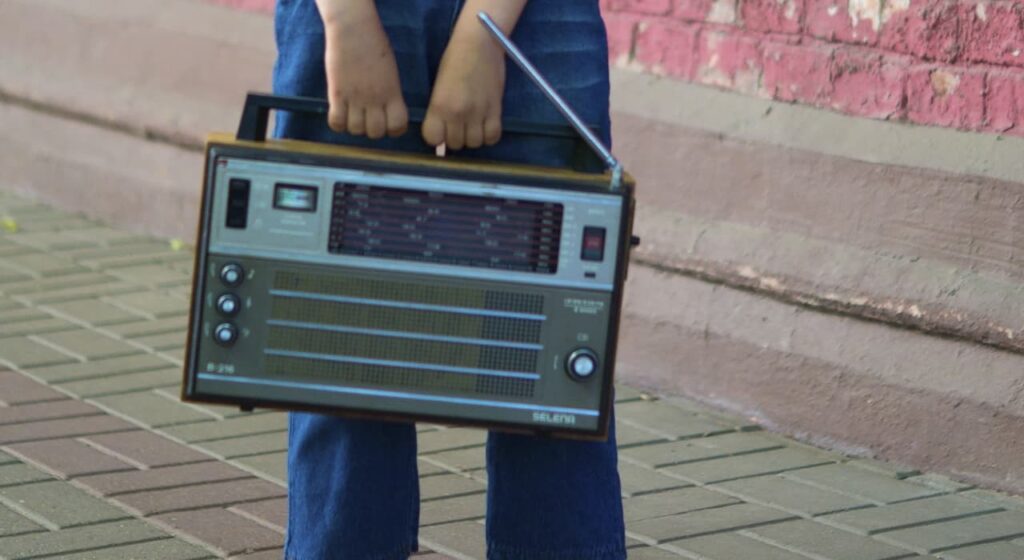No, really, why? Why do you need to build some big antennas? Why spend hours listening to frequencies and waiting for them to pass? Why learn the telegraphic alphabet and acquire some other obscure knowledge? It’s the 21st century, every home is full of computers, televisions, and telephones. You can pick up the phone, or even better do not pick up the phone, but just press a couple of keys on your cell phone and make the necessary call even in Honolulu (the capital of the Hawaiian Islands). And if you turn on your computer and connect it to broadband Internet, you can not only solve all the problems of communication, getting the information you need, but in general, just have a good time.
Yes, that’s right, today the task of exchanging information is simplified to the limit – one click, and all that is needed is transmitted, and the end user does not need any additional knowledge and skills. Radio communications have been seriously displaced by new technologies, but…
And here comes the proverbial “BUT”. Unfortunately, the reliability of the transmission of information by the most common methods today is far from perfect. How often have you heard the answer when dialing the required number from your cell phone: “The subscriber is unavailable or out of the coverage area”, although you know for sure that your subscriber is just a couple of streets away from you, simply for some reason he has no connection with the base station of mobile communication or at the latter there was a failure.
And now imagine a force majeure case – a serious failure of some base station of the cellular system – how many people will be “out of range”? There’s no need to talk about wired communications (telephone and Internet). It is enough to break your line somewhere in a well or switchboard a couple of kilometers away, and you will be out of touch for a long time because you will not be able to fix it yourself.
And now for the most extreme case – a natural disaster or catastrophe. Lack of communication in these situations can lead to simply unpredictable results. And it is in such situations, radio communication was, is and will remain the most reliable, mobile and rapid means of communication.
After all, it may take an experienced radio amateur a little more than 20-30 minutes to set up a station right in the “open field”. Enough ordinary amateur transceiver (the parameters of modern amateur transceivers are not inferior to professional equipment, if not surpass it), a small fiberglass fishing rod, a couple of pieces of wire, coaxial cable to connect such “antenna” and car battery 12V. In this range of communication between amateur radio stations, even with this rudimentary equipment will calmly keep within 1500-2000 kilometers.
